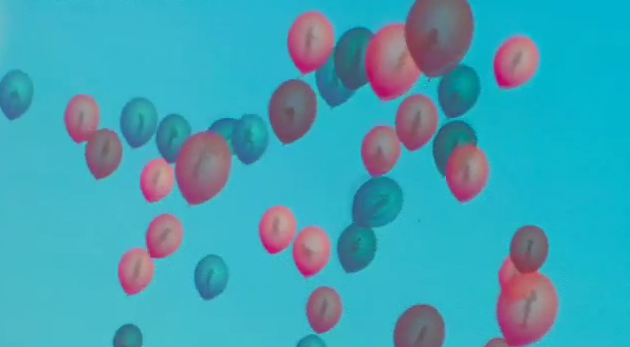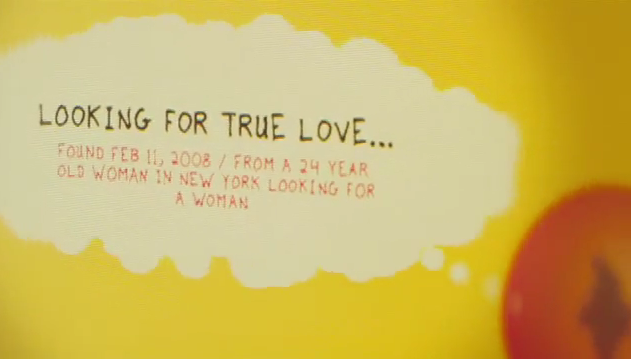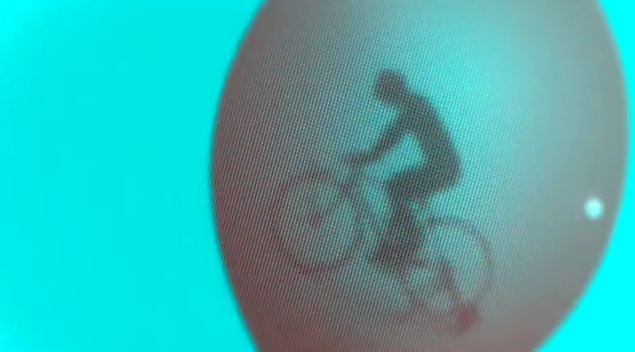I Want You To Want Me
I Want You to Want Me by Jonathan Harris and Sep Kamvar, made me think: it’s a huge, goddamn lonely digital universe out there. It feels like, as researchers (and people) we’ve just launched an exploration into a new cosmos and the results are sometimes more unnerving than fascinating.
I Want You to Want Me is a haunting, beautiful, interactive installation that Harris and Kamvar built for the Elastic Mind exhibition at MOMA in 2008. The duo harvested data from online dating sites and then visualized it in a series of floating pink (female) and blue (male) interactive balloons. Viewers can touch a balloon which then reveals bits of the data – like people’s opening or closing lines on their dating profiles or what they’re looking for in a partner.
Like their other (also beautiful) project, We Feel Fine, it’s divided into movements.
Closers reveals closing lines from users’ profiles:
Hurt me and you die (19-year-old woman looking for a woman in Orange County, California)
Did i mention that i’m nice? (36-year-old man looking for a woman in Omaha, Nebraska)
Also I would like to get married before my 30th birthday. (27-year-old woman looking for a man in Waupaca, Wisconsin)
Another movement is sillouettes, depicting shadowy representations of online daters trapped in balloons.
Maybe it was the background music of the Youtube video, or some of the lines, but it really punched a hole in my chest. The floating balloon graphics weren’t people anymore but more like lonely digital ghosts. Ghosts of our previous analogue selfs?
It’s unchartered space. It’s filled with expression. We can better understand ourselves with the help of social data and design. I get this. This explains away the new charge of data visualizations, apps and tools that help us quantify and analyse our emotions.
But maybe it’s also the start of something else. That the web is now laying bare the complexities of human relationships. That is has always been a goddamn lonely universe out there, but for the first time we can see it. As we start to uncover our digital selves through data and design, we see the traces of our digital adventures and our new digital existence. We see what we’ve become or what we’ve always been. Either way, this self, seeking love, looks lonely.
This article originally appeared on www.affectlab.org. Affect Lab is a research studio harvesting social media data to better understand people’s emotional well-being and behaviour.



